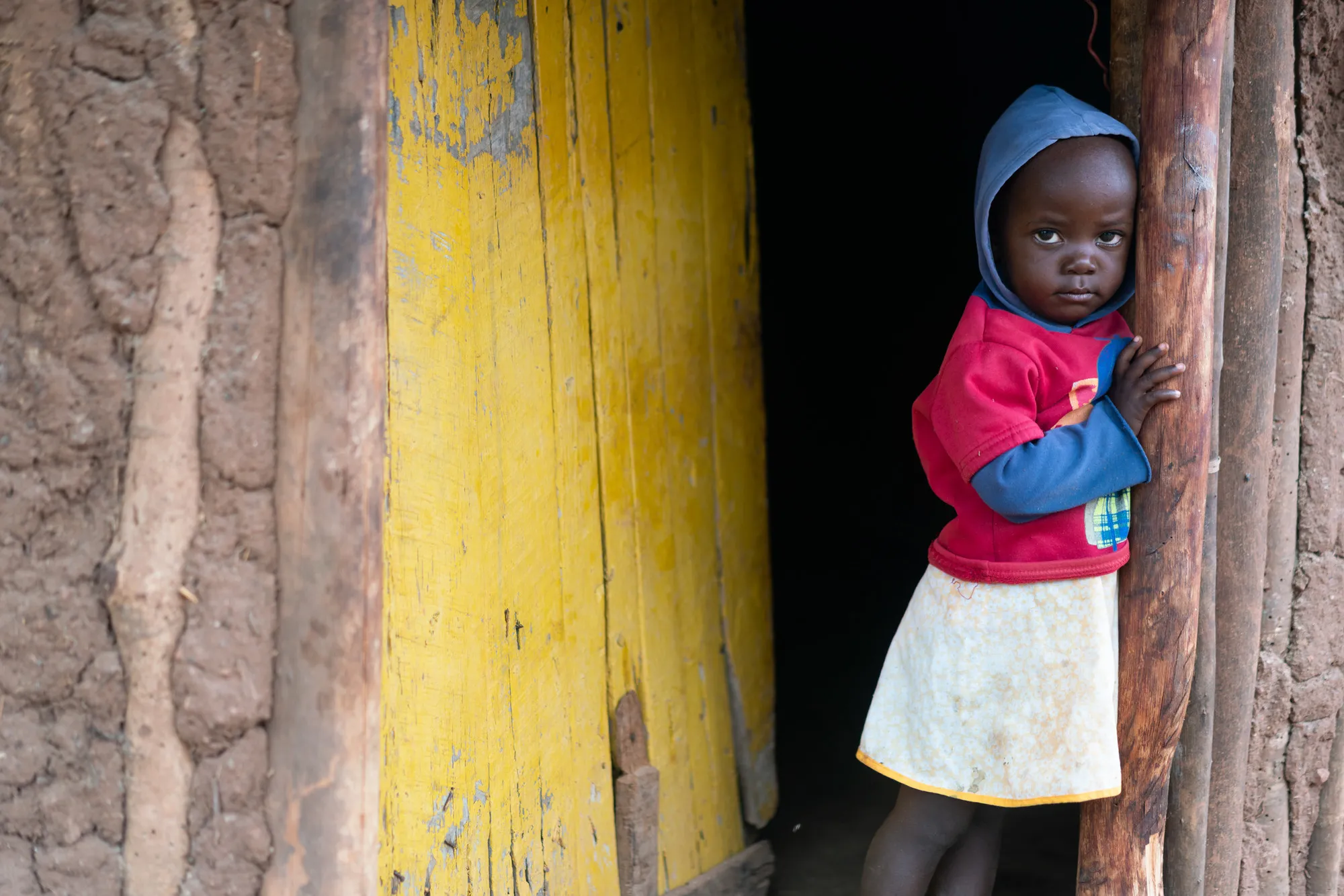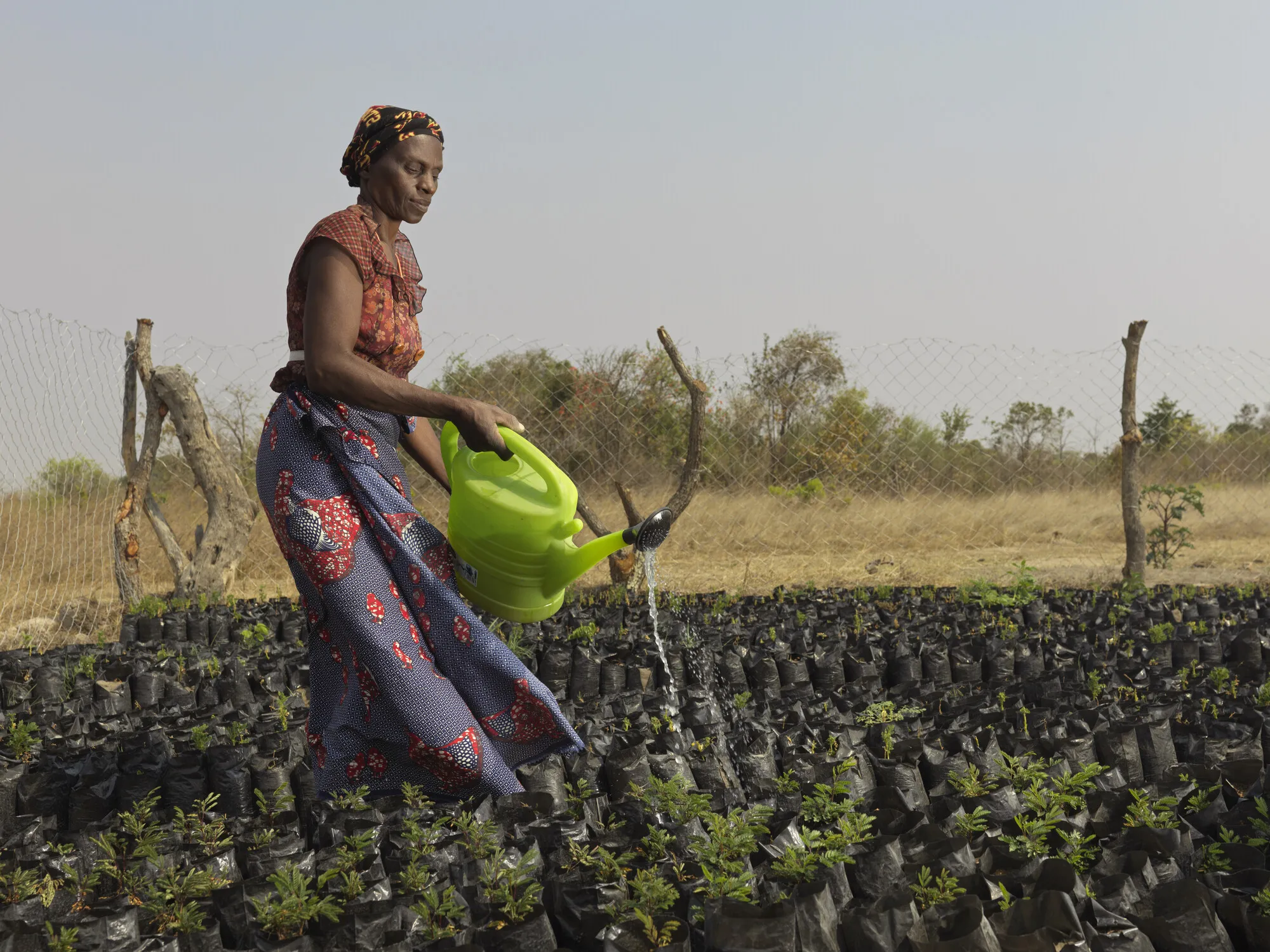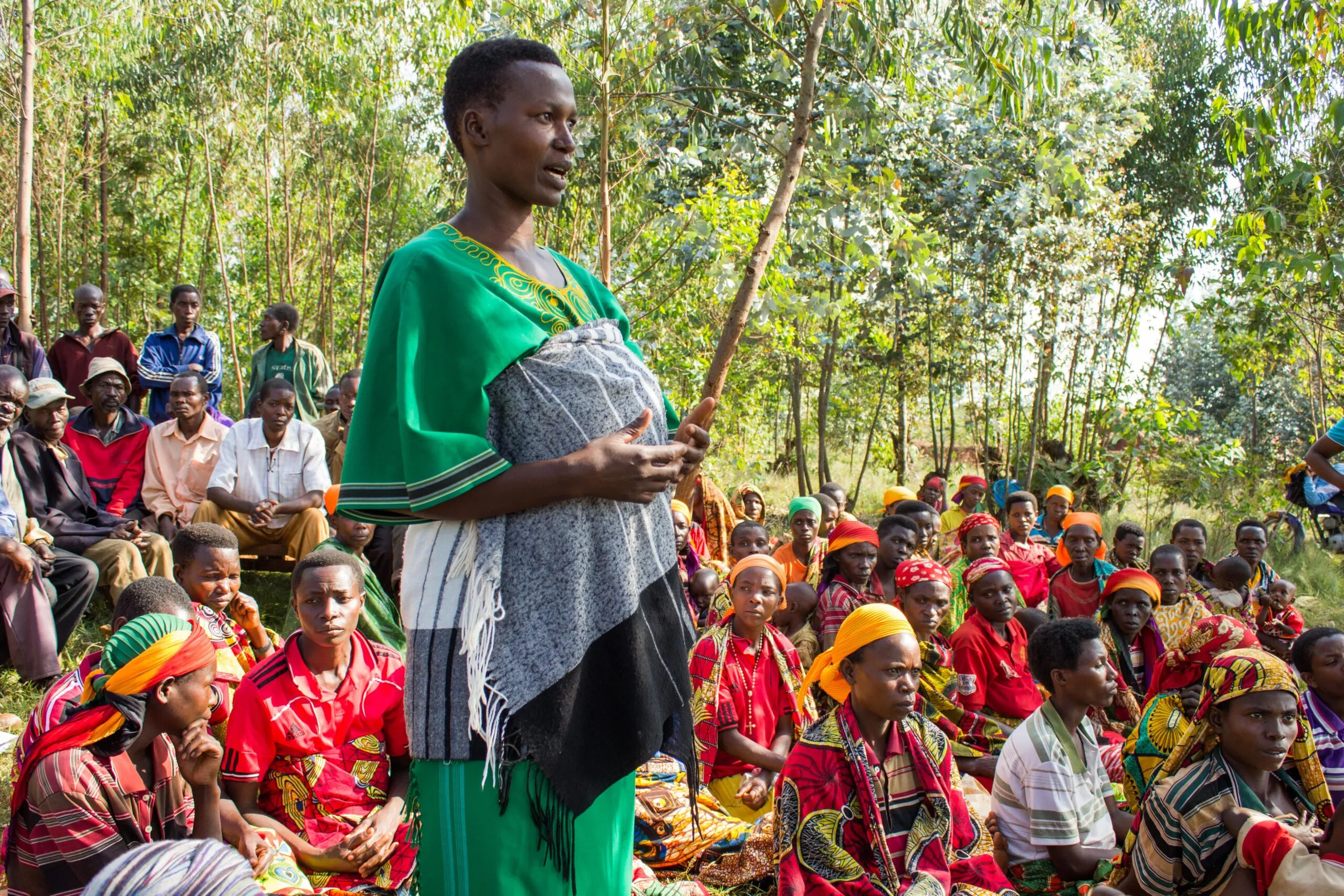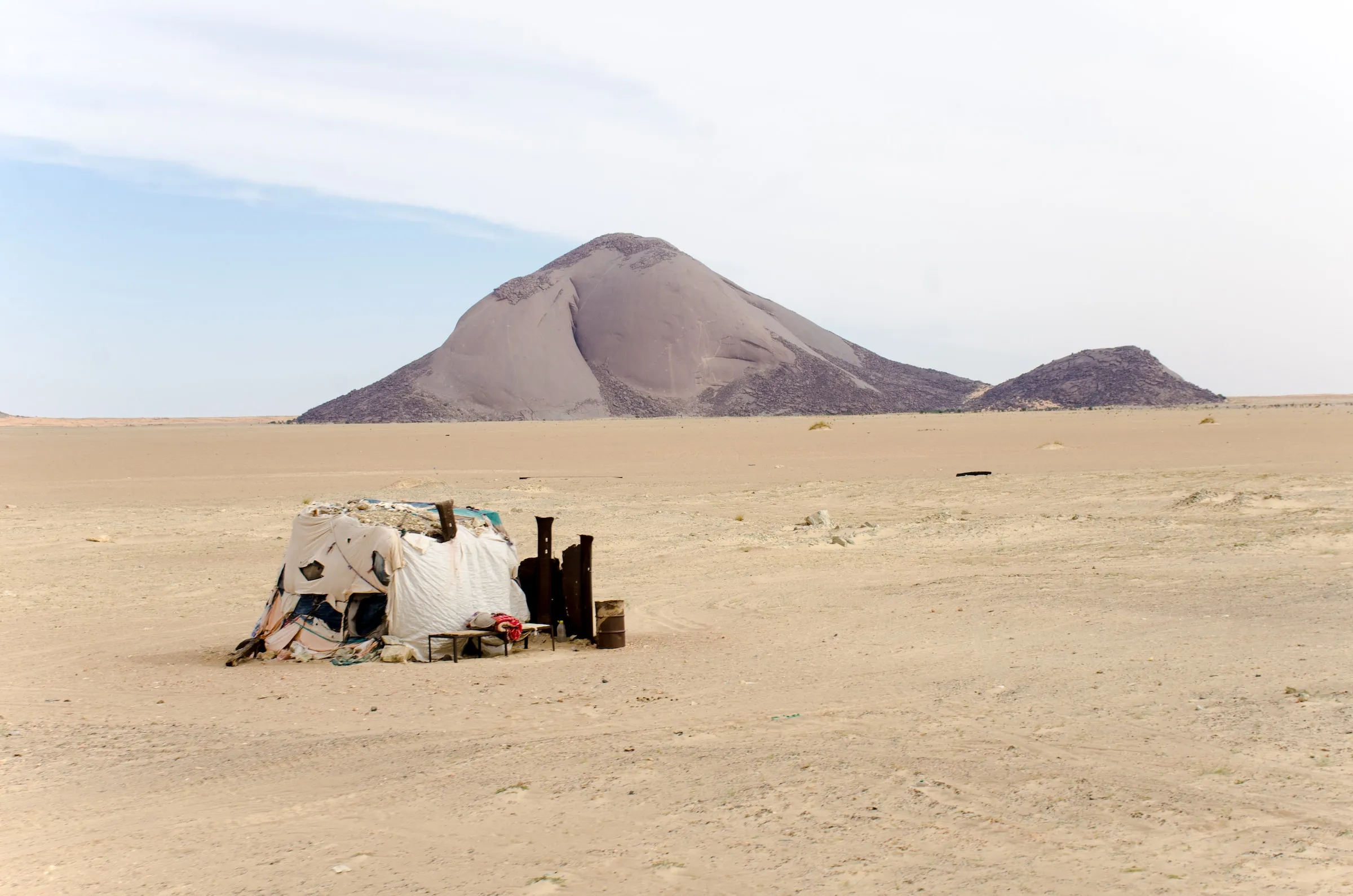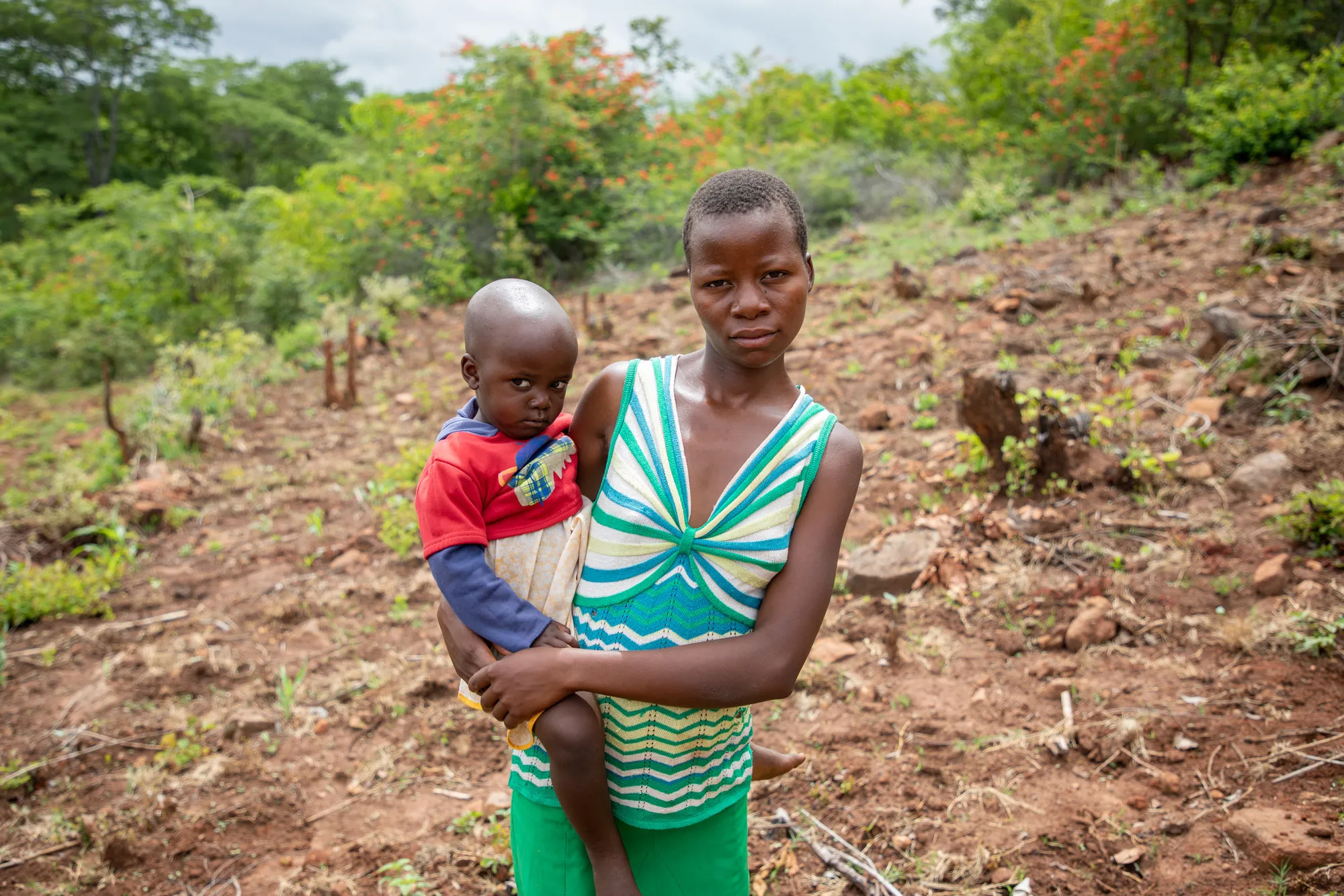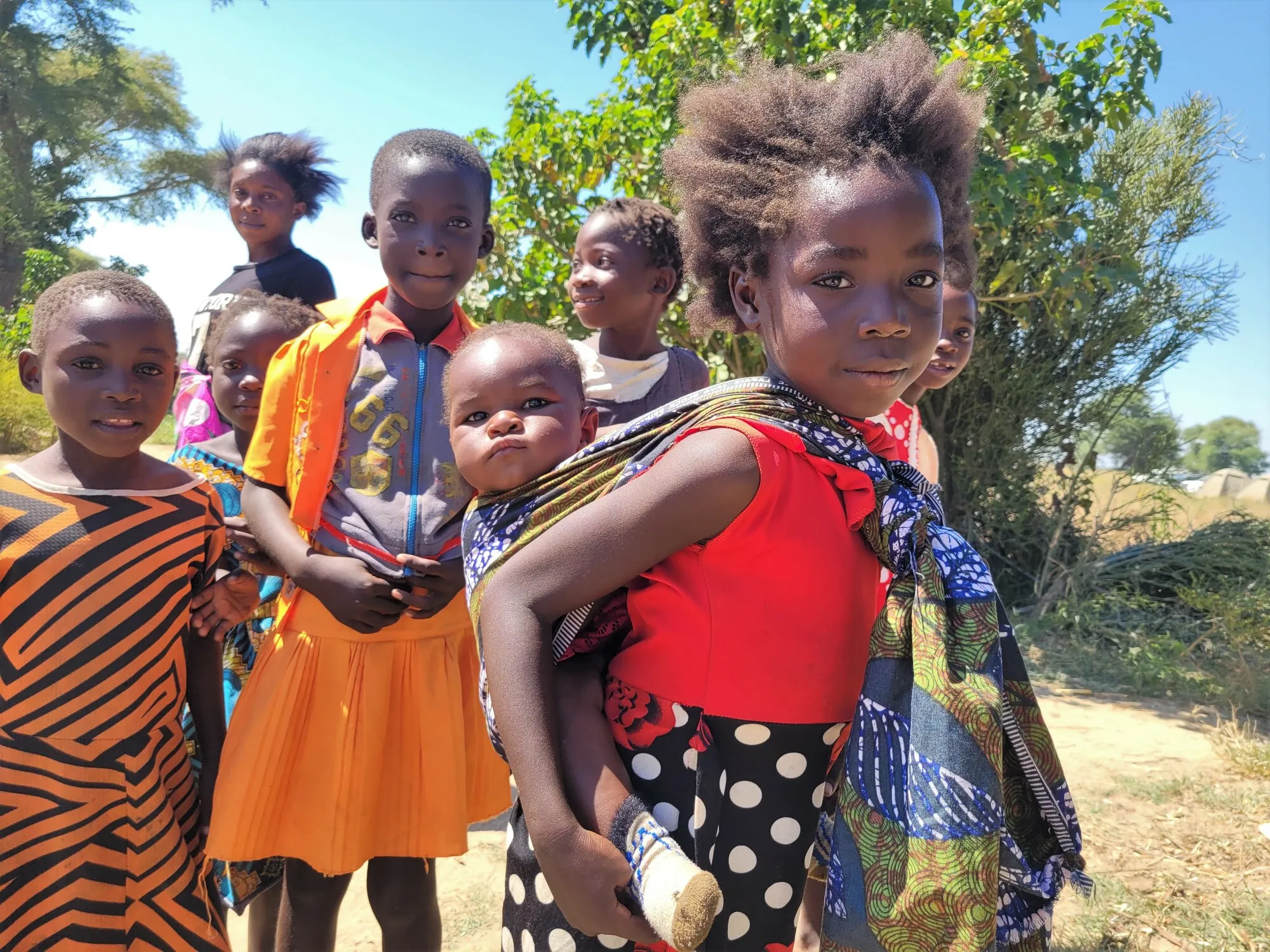It can seem like if you pay attention to the new iPhone, then you’re neglecting the latest crisis.
Like energy or food, our attention can feel like a finite resource, used up daily by celebrity gossip, disinformation, and mindless distraction, all before we even get a chance to glimpse what might be going on outside the algorithmic long-tail of the Eras Tour or excerpts from Prince Harry’s memoir.
That’s why, for the past eight years, CARE has started off each new year with its report on the humanitarian crises getting the least media attention around the world.
In 2023, there were 273,421 articles published about the iPhone, but only 1,049 articles about the humanitarian crisis in Angola.
CARE's "Breaking the Silence" report breaks down the top 10 underreported humanitarian crises of 2023: https://t.co/5SfGF7gp40 pic.twitter.com/kffsvWX3AA
— CARE (care.org) (@CARE) January 11, 2024
This year, in collaboration with media monitoring service Meltwater, CARE looked at over five million online articles from January to September 2023, identifying countries where conflict, war, or natural disasters affected over a million people.
The team used data from ACAPS, Reliefweb, and CARE itself, and then ranked the stories by media visibility.
The 2023 Breaking the Silence report is multilingual in scope, considering articles in Arabic, English, French, German, and Spanish. It’s a trend analysis, an insight into how the digital age has shaped our perception of suffering and need across the globe.
The goal, as it is every year, isn’t to make anyone regret the time they’ve spent on Barbie, Taylor Swift, or whatever new technology just hit the market, but to move the conversations with aid organizations, media, policymakers, and affected communities forward and to amplify the voices of those in dire need.
Humanitarian crises, in particular, can be mitigated or even prevented through early action. But action requires attention. While you can read the full report here and learn about all 10 of the crises in detail, below are four stories that show where further support for CARE’s work is making a particular, urgent impact.

